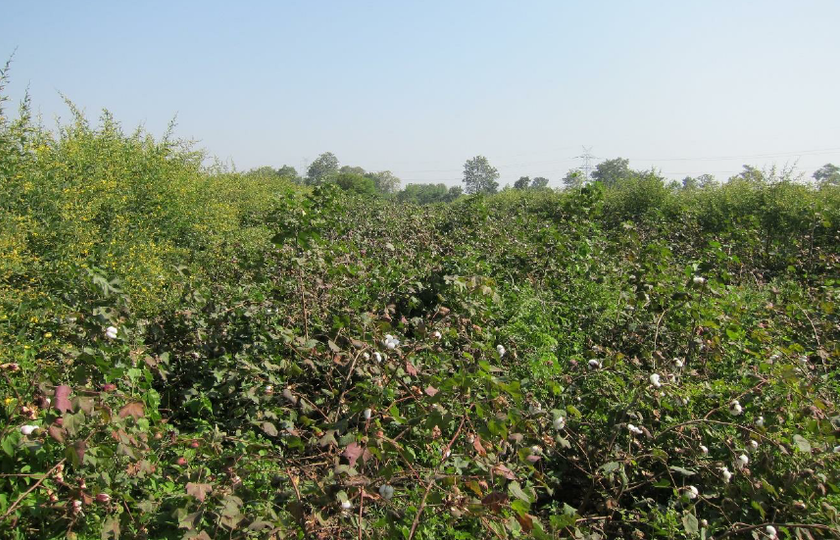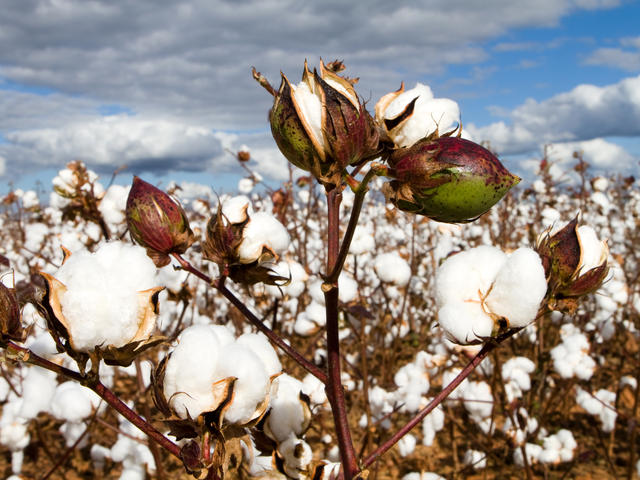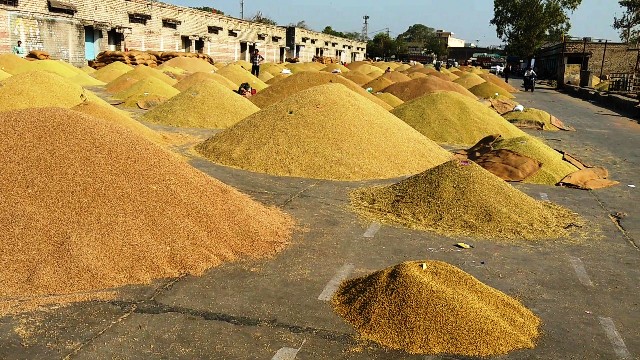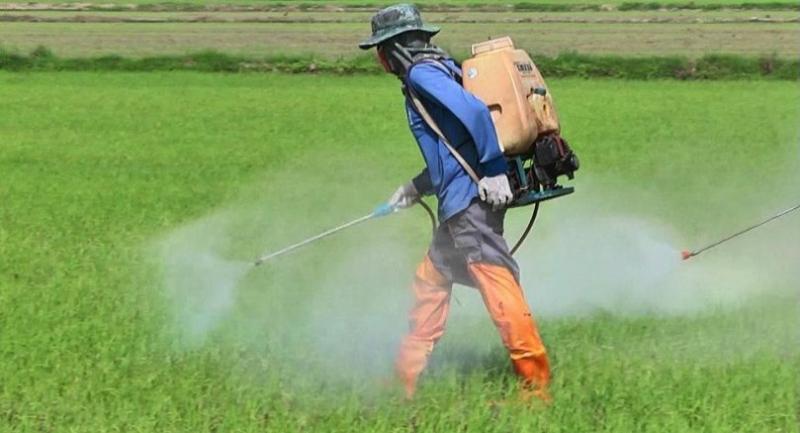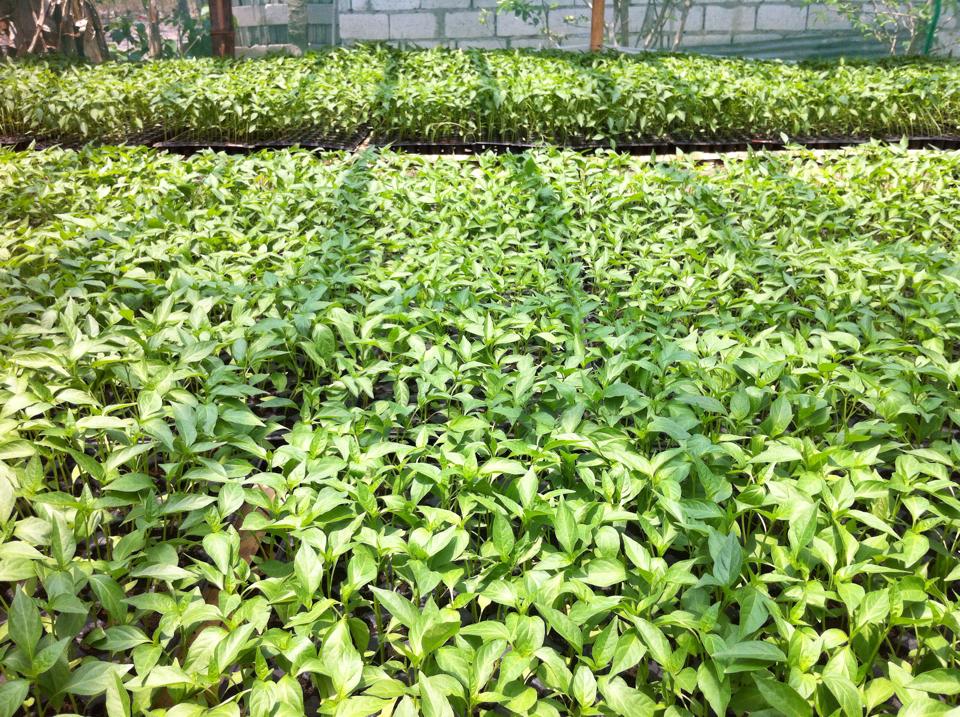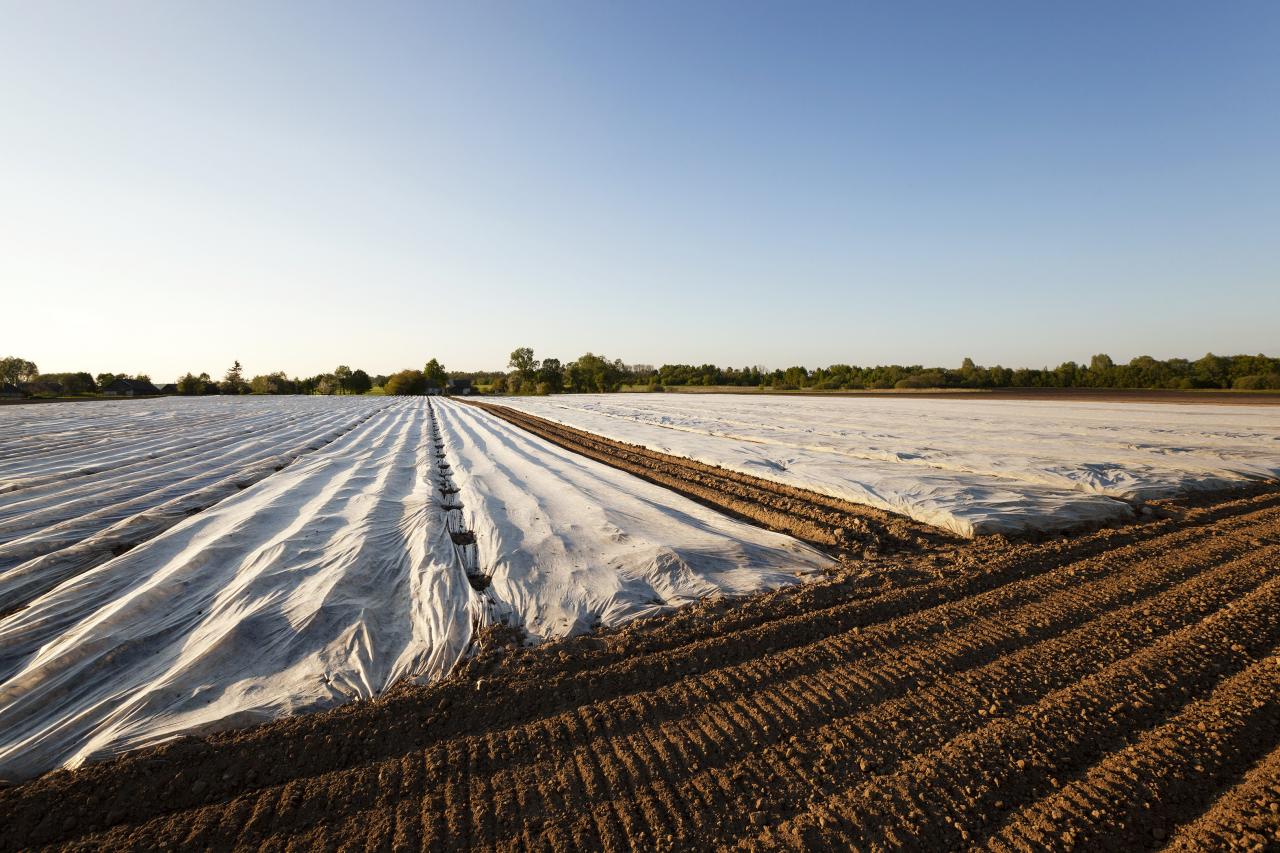- While making nursery beds, add FYM to the land @ 8-10 kg per square meter. 25 grams of Trichoderma viride should be mixed at the rate of per square meter to protect against damping off diseases. Or
- To protect the plant from the damage by damping off disease, drenching with 3 ml Metalaxyl 4% + Mancozeb 64% WP or 2 gm of Thiophanate methyl 75 WP in one liter water.
- To protect the plants from the attack of sucking pests @ 0.5 gm Thiamethoxam 25% WG per square meter at the time of nursery preparation.
One lakh crores will be spent on the development of Indian agricultural infrastructure
India has always been an agricultural country and even today India holds the number one position in the production of many crops all over the world. This is when the infrastructure of the Indian agriculture sector is not as modern as other developed countries. However, the government is now moving forward to make this agricultural infrastructure more modern and developed.
Finance Minister Nirmala Sitharaman announced last Friday a Rs 1 lakh crore package for the development of agricultural infrastructure as part of the Aatm Nirbhar Bharat campaign announced by PM Modi to tackle the economic crisis that has arisen from the Corona epidemic.
This large package of one lakh crore rupees will develop the agriculture sector across the country. It will help to develop a cold chain, value chain under it. Farmers’ Production Federation, agricultural entrepreneurs, startups, etc. will be able to get its benefits on the farmgate.
Finance Minister Sitharaman has made several big announcements in the last few days regarding agriculture, which is arousing new confidence in the minds of farmers. If these announcements are realized on the ground, then the Indian economy will also get good momentum.
ShareCultivation of Inter crops in Cotton
Cotton crops are considered good for inter-cropping crops because cotton crops grow slowly in the beginning and remain in the field for a long time, which are considered good for other inter-cropping crops. The main objective of inter-cropping is to get maximum yield of cotton crop along with additional crop.
Inter-cropping for irrigated areas:
- Cotton + Chilli (1: 1 in a row ratio)
- Cotton + Onion (in the ratio of 1: 5 rows)
- Cotton + Soybean (1: 2 in row ratio)
- Cotton + linseed (as green manure) (in the ratio of 1: 2 row)
Inter-cropping for rainfed areas:
- Cotton + Onion (in the ratio of 1: 5 rows)
- Cotton + Chilli (1: 1 in a row ratio)
- Cotton + Peanut (in 1: 3 row ratio)
- Cotton + Moong (1: 3 in a row ratio)
- Cotton + soybean (1: 3 in row ratio)
- Cotton + Arhar (in 1: 1 row ratio)
Importance of Refugia in BT Cotton
- As per the recommendation of the Genetic Engineering Approval Committee (G.E.A.C.) of the Government of India, the total B.T. 20 percent of the area or 5 rows of non-BT of the same variety around the main crop. Planting Non-BT seed (Refugia) is very important.
- Every BT variety has non-BT seeds (120 gm seeds) or Pigeon Pea seed comes with the same packet.
- BT variety plants contain the genes of a Bacillus thuringiensis, which produces a toxic protein. Due to this, they develop the ability to protect against bollworm insects.
- The infestation of bollworm insects is limited to them, and their control is easy here.
- If the Refugia is not applied, the resistance of bollworm insects may develop, in which case the BT varieties will no longer make sense.
M.P. Mandi Act changed, new options open for farmers, Got rid of middlemen
Farmers do not have many options to sell their products and are forced to sell their produce in government mandis. Due to this, many times they do not get good prices for their produce. Understanding these problems of farmers, the Madhya Pradesh government has now announced to start mandis and new procurement centers in the private sector. Along with this announcement, the Mandi Act has also changed in the state.
During the discussion on the amendment of mandi rules in the ministry, the Chief Minister of the state Shivraj Singh Chouhan said that the government must provide the right price to the farmers. By doing this, the competition will increase and farmers will get direct benefits. This will also provide relief to farmers from brokers and middlemen. Farmers will get many options to sell their crops. The farmer can sell the crop at his convenience wherever he wants.
Source: Madhya Pradesh Ministry of Agriculture
ShareThese precautions to be taken while using herbicide
- A proper nozzle flood jet or flat fan should be used.
- Only appropriate amounts of herbicide should be used. If herbicide is used more than the recommended dose, the crop may also be damaged in addition to weeds.
- Weedicides should be sprayed at the appropriate time. If spraying is done before or after time, there is a possibility of loss rather than profit.
- The correct amount of weedicides and water should be used to prepare a solution of herbicide.
- Do not spray the same herbicide chemical again and again on crops, but do it interchangeably, otherwise, weeds may produce immunity against herbicide.
- There should be sufficient moisture in the soil at the time of spraying and spraying should be uniform throughout the field.
- The weather should be clear at the time of spraying.
- If the medicine has been bought more than used, keep it in a cool, dry, and dark place and take care that children and animals do not come in contact with it.
- While using it, make sure that the chemical does not fall on the body. Use special dress gloves, goggles for this, or if not available, wrap polythene in the hand and tie a towel on the face.
- After use, destroy empty containers and press them into the soil. Clean it and do not use it to keep food items.
- A person who sprayed the medicine must wash hands and mouth thoroughly with soap after spraying.
Know about Early Cauliflower improved varieties, seed rate, sowing time
- Varieties of early cauliflower such as Pusa Karthik Haybrid, Pusa Deepali, Pusa Kartiki, Pusa Ashwani, Pusa Meghna etc. are prominent.
- 150 grams of seed per acre is sufficient for hybrid cauliflower varieties.
- Early sowing of cauliflower is between mid May to June, which is transplanting done after 5-6 weeks.
- Pre-sowing seeds should be treated @ 2 gram Carboxin 37.5% + Thiram 37.5% WP per kg seed or Trichoderma viride @ 5 grams per kg seed.
- Seeds are sown in beds. The beds should be 3 x 6 meters in size, which are 10 to 15 cm above the ground.
- The distance between the two beds should be 70 cm. So that inter-operation can be done easily.
- The nursery beds should have a smooth and flat surface.
- The problem of water logging can be overcome by constructing high beds in heavy land.
- While making nursery beds, add FYM to the land @ 8-10 kg per square meter.
India will move towards Agricultural Revolution, FM announced many agricultural reforms
PM Modi had announced Rs 20 lakh crore under the Aatm Nirbhar Bharat Package to deal with the situation arising out of the Corona tragedy. For the last three days, every detail related to this package is being given by the Union Finance Minister. In this series, announcements made by Finance Minister Nirmala Sitharaman in the last two days, it seems that the country is going to move towards a new agricultural revolution.
In the last two days, the Finance Minister has made several positive announcements regarding the agriculture sector. In this series, on Friday, She has announced one lakh crore rupees to improve agricultural infrastructure in the country. On Thursday, She announced a concessional loan of Rs 2 lakh crore for the agriculture sector.
What is special in these announcements?
- The government will provide benefits to the farmers under Operation Green for vegetable supply. In this, storage, packaging, branding of agricultural products will be done.
- Emphasis will be on herbal farming, for this the government has announced a plan of 4 thousand crores.
- To provide additional income to the farmers, the government has introduced a plan of Rs 500 crore for beekeeping. This will benefit 2 lakh beekeepers.
- Government will spend about 15 thousand crores to improve animal husbandry infrastructure.
- The government will give a discount of 2% on the loan interest taken under the dairy sector, which will benefit millions of farmers.
- In the area of fisheries, the government will provide huge financial assistance of 20 thousand crores.
- The government has also announced 64 thousand crores for crop insurance.
- In the field of food processing also, the government has announced to spend 10 thousand crore rupees.
- However, the Finance Minister has also said that more announcements are yet to be made related to the agriculture sector.
Weed Management in Chili Nursery
- If weeds are not controlled at the right time, they affect the yield and quality of vegetables badly.
- Weeds can cause losses of up to 50-70 percent.
- Weeds affect chilli production in many ways such as infecting insect pests and fungi.
- Chilli seeds should be mixed with 3 ml Pendimethalin 38.7% CS per liter water and sprayed in the soil within 72 hours of sowing.
- When weeds grow from time to time, the nursery should be weed-free by hand weeding.
Soil Solarization Process and Importance
- In summer, when the straight sunshine and the temperature is high (25 April to 15 May), then the time of soil solarization is the best.
- First, wet the soil with water, or saturate it with water.
- These beds are covered with a transparent 200 gauge (50 μm) polyethylene sheet and spread for 5-6 weeks in the summer, and the edges around it are pressed well with soil so that air cannot enter.
- In this process, the temperature of the soil under the polythene sheet increases by 8–100C than normal. Due to which harmful insects present in the bed, spores of diseases and seeds of some weeds are destroyed.
- The polyethylene sheet should be removed after 5-6 weeks.
- This method is very beneficial and less expensive for the nursery and it destroys different types of weed seeds/ rhizomes (except some like Cyperus rotundus and Convolvulus arvensis etc.).
- Parasitic weeds Orobanche, nematodes, and bacteria from soil diseases, etc. are also destroyed. This method is very practical and successful.
- In this way, the soil can be treated without adding anything to the soil.



